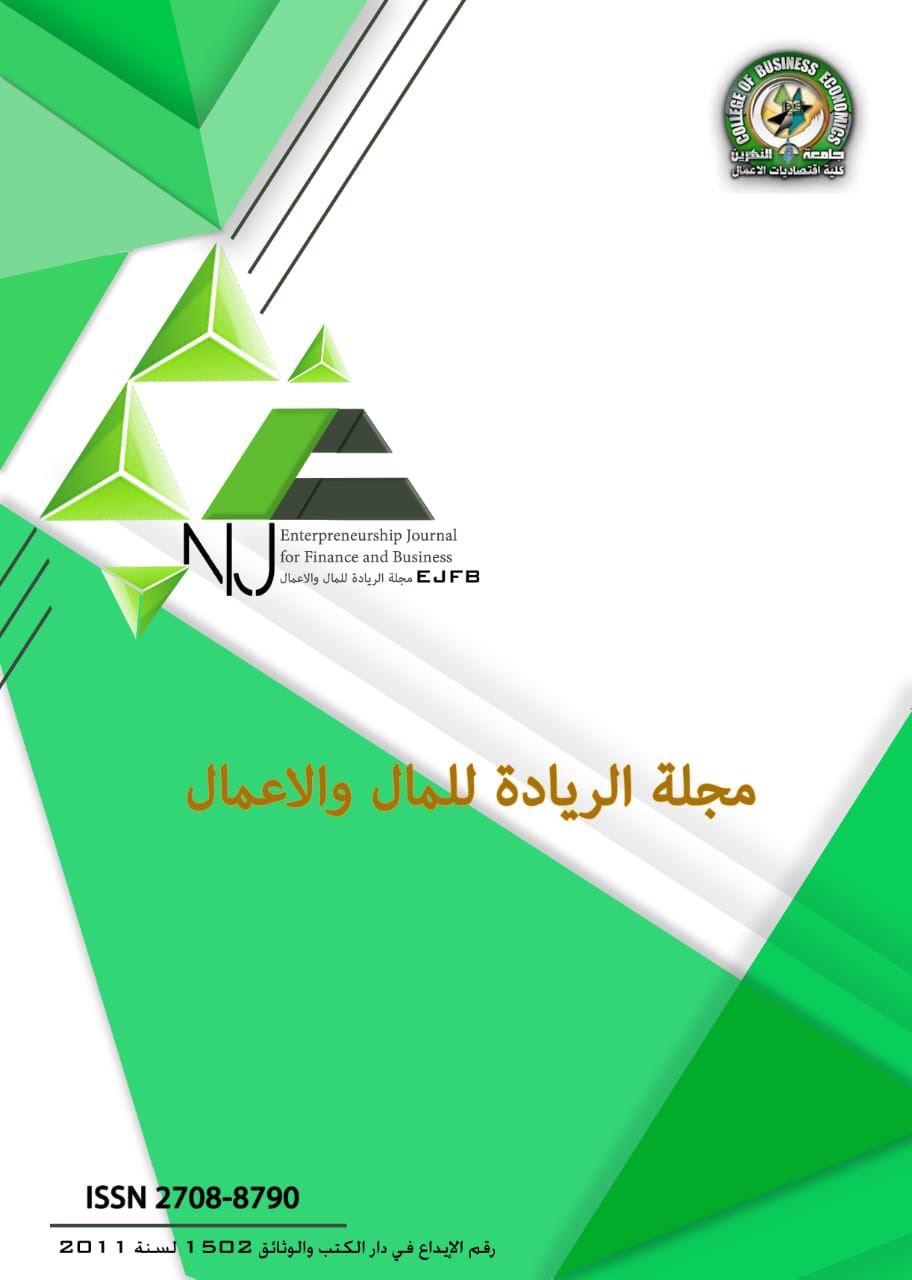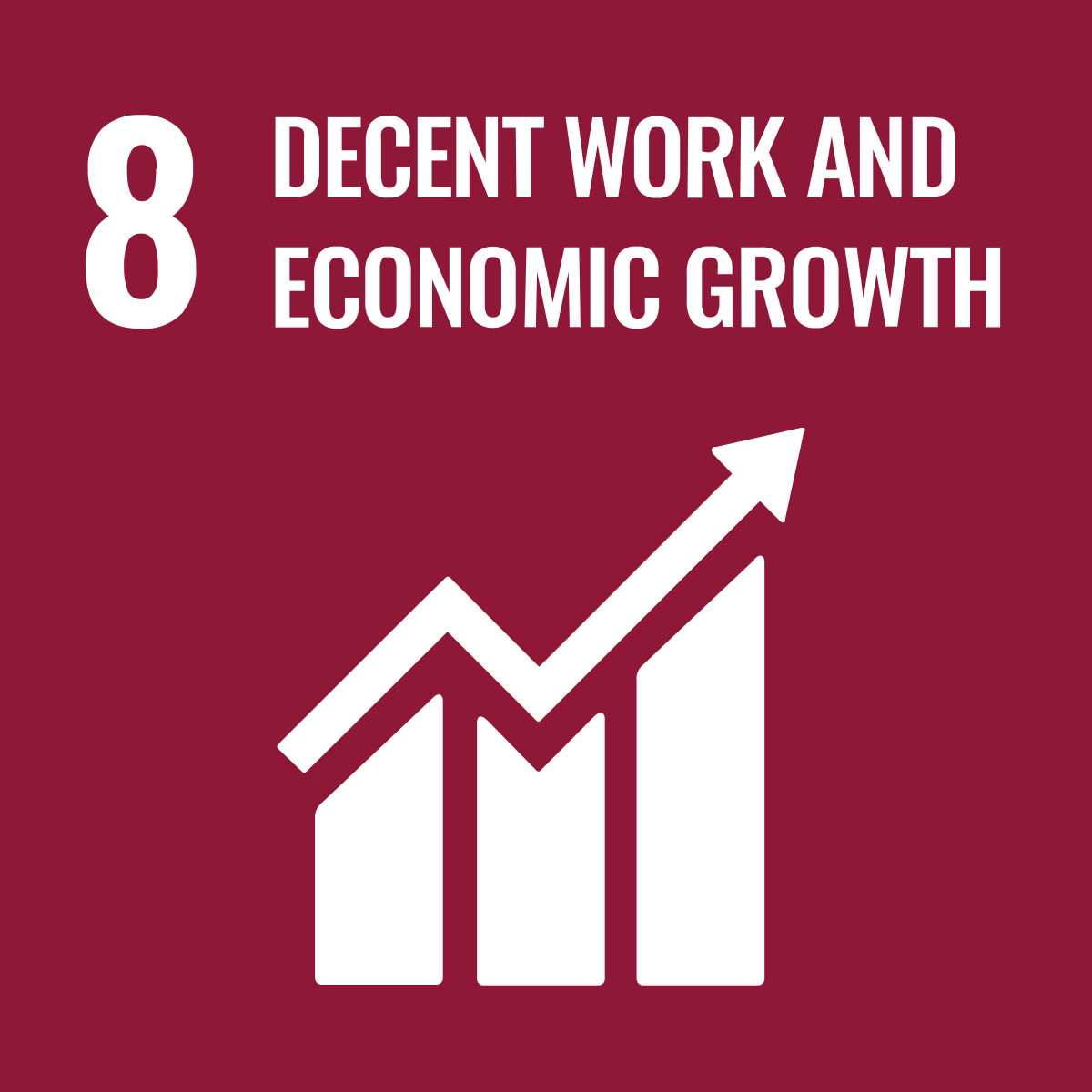The effect of using the targeted Kaizen cost TKC in achieving competitive advantage: Applied research in the gas filling company)
DOI:
https://doi.org/10.56967/ejfb2021165Keywords:
Kaizen targete cost, product life cycle, competitive advantageAbstract
Due to the technological development witnessed by the world and the open market, Iraqi companies have become unable to maintain their market share and compete with similar foreign companies, so it was necessary to rely on management accounting techniques, so the targeted Kaizen cost technology was TKC, which has a significant impact on improving product quality and rationalizing its cost to achieve competitive advantage The research is to apply a set of practices to improve quality and reduce costs along the product life cycle by adopting modern technologies that contribute to supporting the capabilities of the economic unit to reach the competitive advantage, and the importance of the research is by adopting the targeted Kaizen cost technology and the possibility of its application in the gas filling company to achieve continuous improvement. KC technology is of great importance in managing the quality cost of the product along the product life cycle and determining the methods or ways to rationalize it. The research also recommended the necessity of adopting TKC technology, which includes comprehensive and continuous improvement to achieve the competitive advantage associated with quality and cost.
Downloads
Downloads
Published
How to Cite
Issue
Section
License

This work is licensed under a Creative Commons Attribution 4.0 International License.
This is an Open Access article distributed under the terms of the creative commons attribution (CC BY) 4.0 international license which permits unrestricted use, distribution, and reproduction in any medium or format, and to alter, transform, or build upon the material, including for commercial use, providing the original author is credited.






